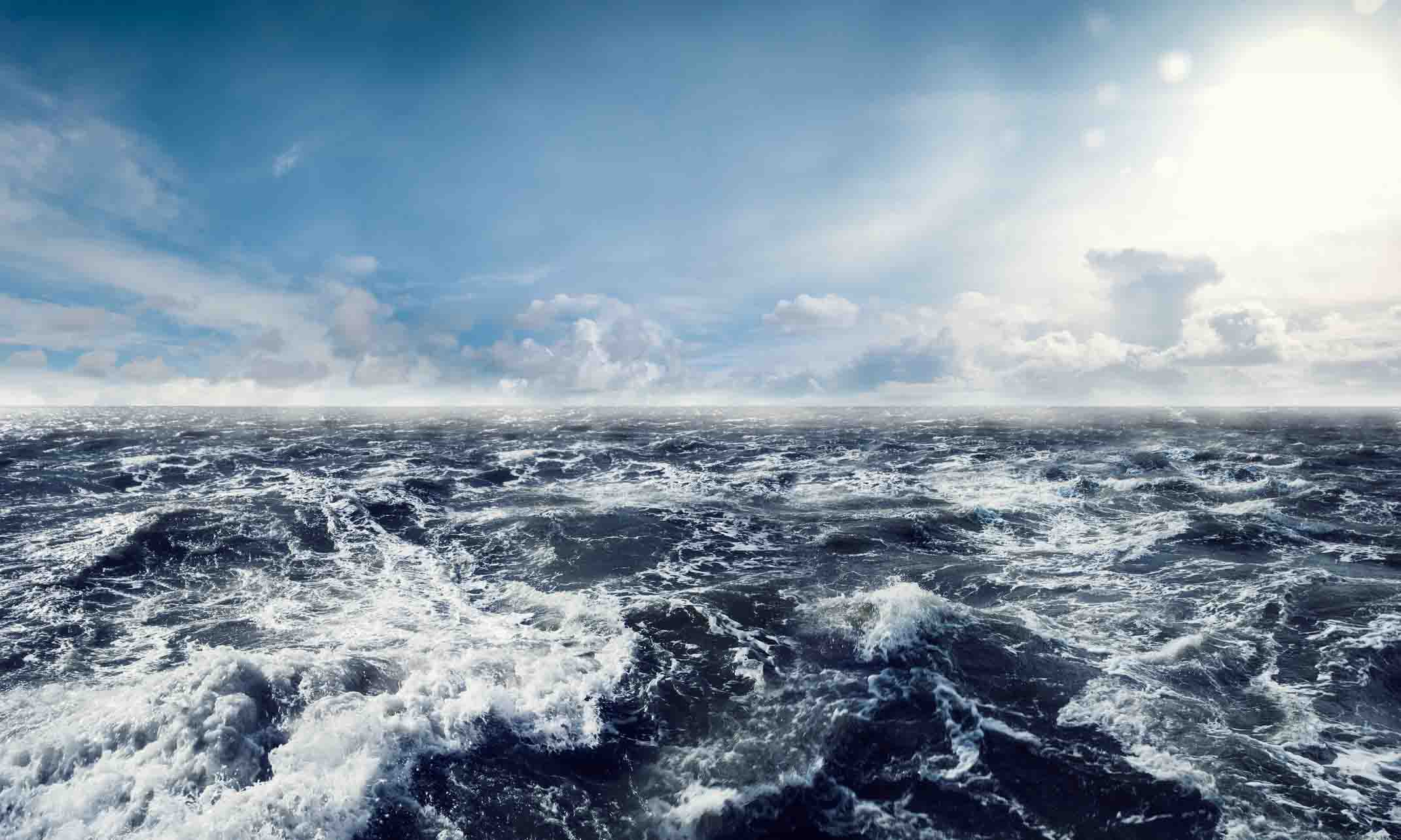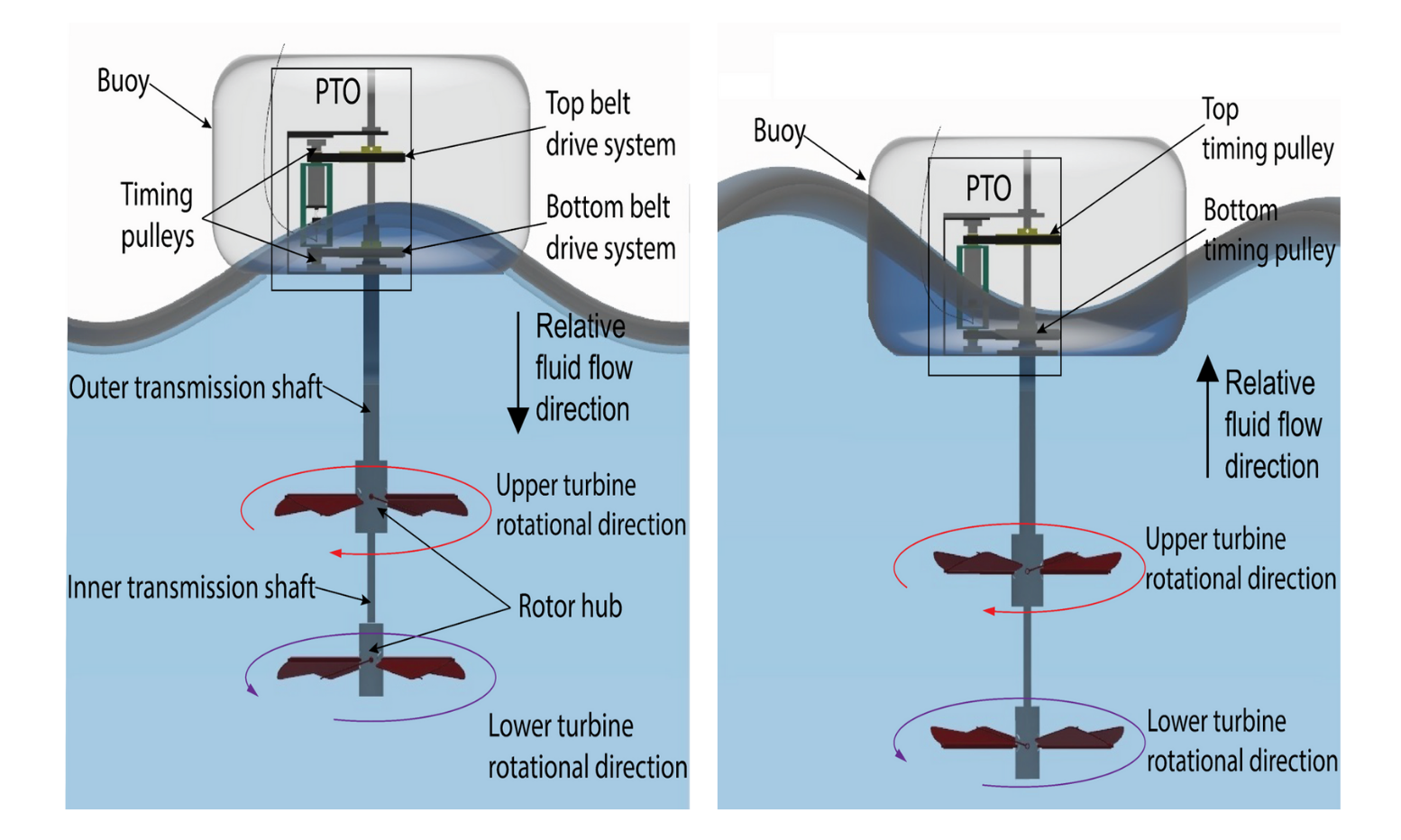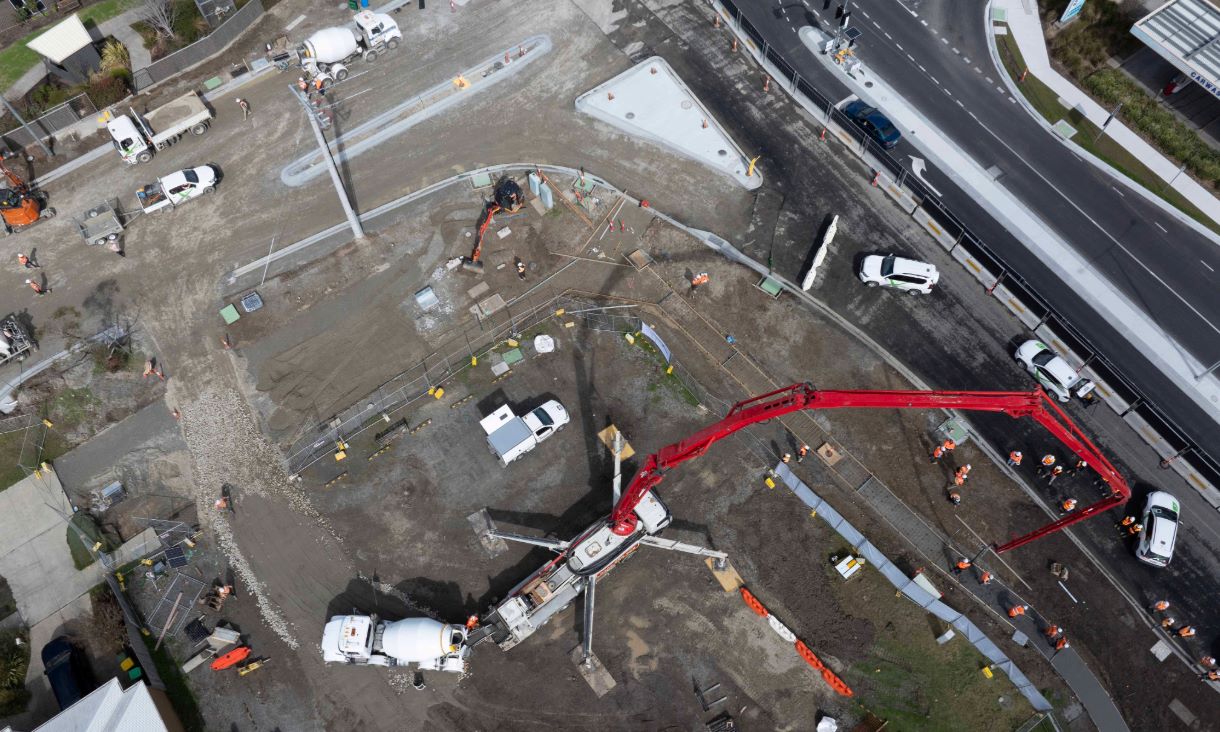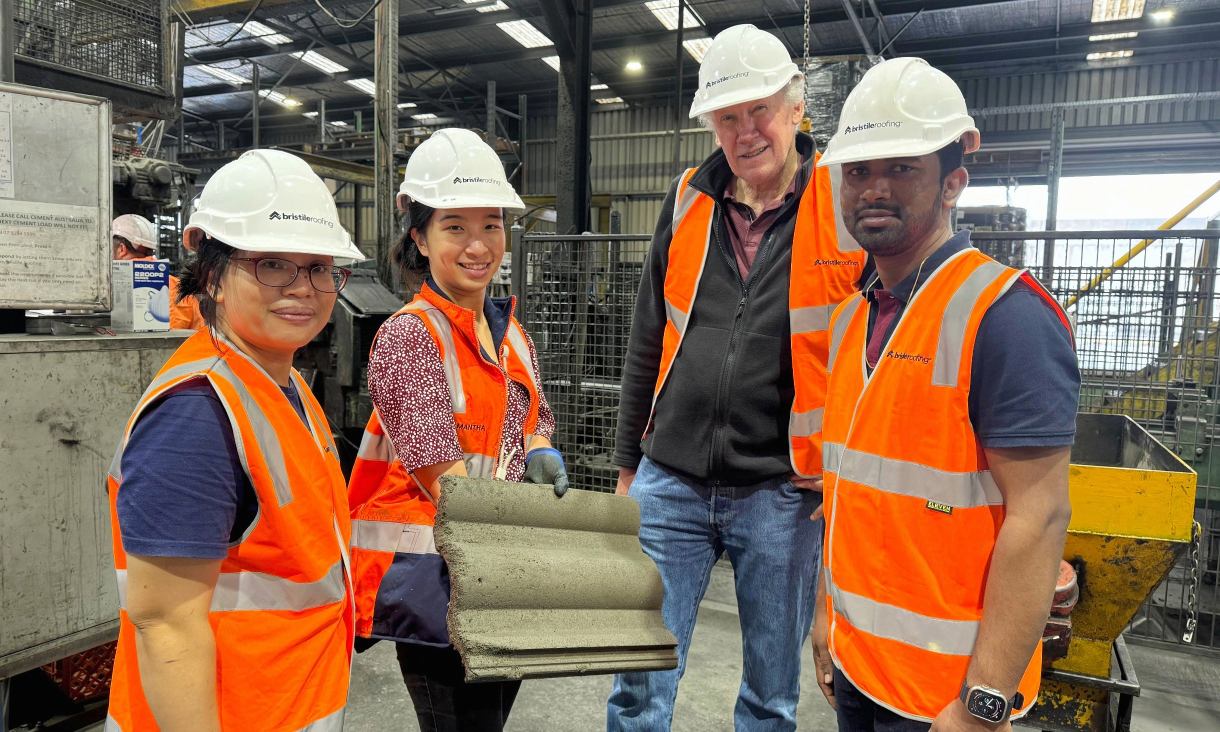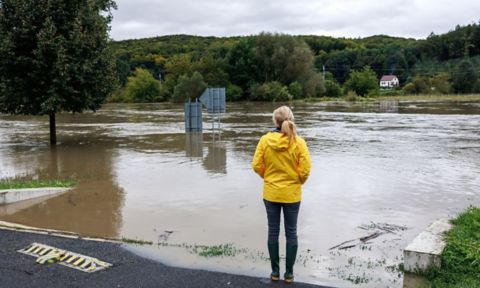Coffee waste helps make lower carbon concrete
RMIT researchers are advancing new ways to cut the carbon footprint of infrastructure by turning everyday organic waste into useful construction materials.
Low carbon roof tiles give industrial waste a new home
A large-scale trial of sustainable roof tiles by RMIT and Bristile Roofing has shown that incorporating coal ash and glass waste can reduce their carbon footprint.
Ultra-thin filters could help improve production of medicines and dyes
Scientists in Australia have developed new ultra-thin filters that can separate valuable chemicals from liquid mixtures fast and efficiently to make medicines, dyes and other products, which could help industries cut waste, save energy and lower costs.
From earthquakes to floods: the European funded project helping communities to prepare for disaster readiness
RMIT researchers on the C2IMPRESS project have led the development of community-driven disaster resilience strategies to help societies prepare for different hazards.
